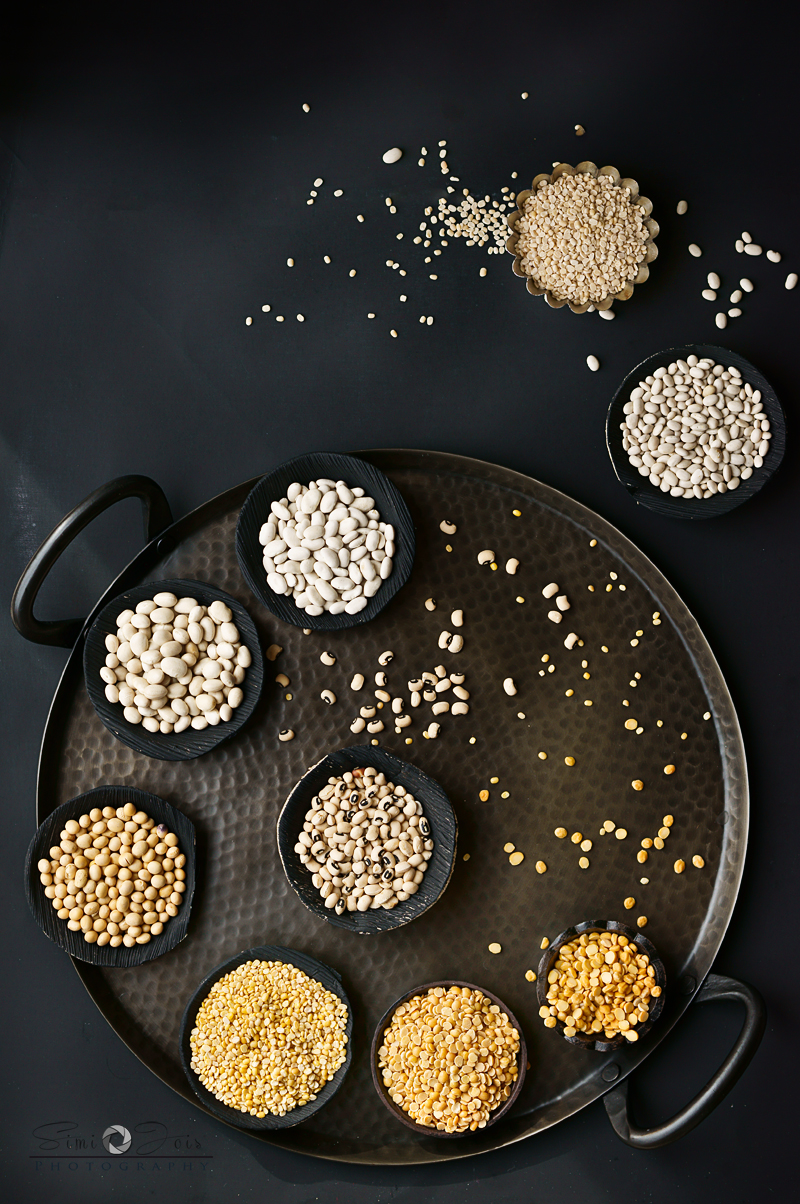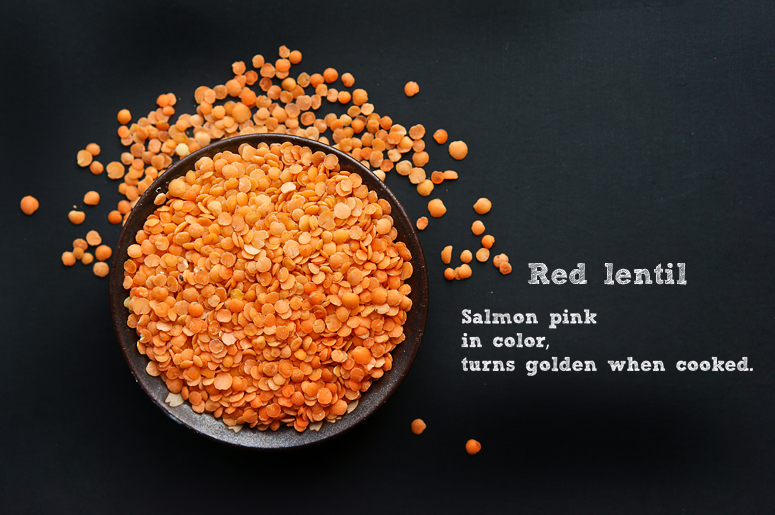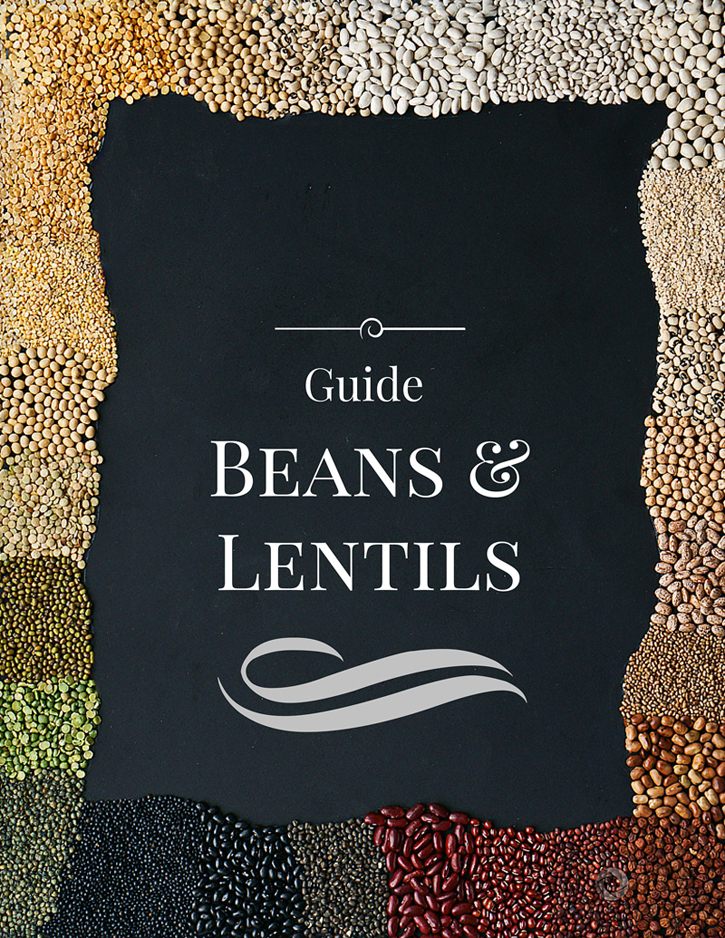Here is my part II of Vegetarian Protein Sources.
In the last post we talked about the five main sources of proteins for vegetarians. We talked in detail about Legumes and here is the second part to legumes.
Vegetarian Protein Sources - I


Chickpeas: Also know as Garbanzos. They are round and pale brown in color, have a mild nutty-sweet taste. Great for hummus and dip. Channa-masala is a famous North Indian delicacy made from chickpeas.
Moth Bean: pronounced as 'moat' has an earthy and nutty flavor. Used in Indian cuisine. You get lot of variations in sizes and colors
Fava Bean: also know as broad bean. Much firmer than lima and not as mealy. They really taste very well when seasoned with salt pepper and a dash of lime.
Bengal Gram: has a dark brown rough covering on it. It is also called beluga lentil
Pinto Bean: Beige with brown streaks uncooked. They turn a uniform pinkish-brown when cooked. It is a variety of kidney bean and has to be soaked for at least 4 hours before cooking .
Marrow beans: are large, plump white beans. Creamy in texture and a flavor which is used as a meat substitute for vegetarians. Middle Eastern in origin, and they are used in many parts of the Mediterranean, especially in Italy.
White Kidney beans: Very high fiber content is a favorite food for people wanting to loose weight. They absorb flavors very well.
Black-eyed Peas: is a white bean with a black small oval dot like an eye. It is smaller than Kidney bean. In Southern United States eating black eyed peas on New year's day is said to bring luck.
Navy Beans: Also know as yankee beans or Boston beans. They are usually used in New-England style baked beans.
Split Bengal gram: Is a staple of India and is called chana dal. Mild sweet flavor and firm texture.
Soy Bean: An excellent source of protein, it has a nutty flesh and is a very versatile bean. Soy milk is a great substitute for cow's milk for those who are lactose intolerant.
Pigeon peas: also know as tuvar dal in India. Is a staple from India. Archeological finds dates this legume back to 3,400 years ago.
Split Moong: Is again a native to India and probably one of the few legumes that is very easily cooked and can be eaten raw, after soaking it for an hour or so. It's used raw in kosambri.
Split black gram: also know as urad, has a black out shell - in the split version, the shell has been removed. so it's the black gram without the shell. It is used in the famous Indian delicacy - Idlis and vada.

How to cook lentils or beans - stove top and pressure cooker
Ingredients
- 1 cup of lentil or bean washed and soaked
- 2 1/2 -3 cups water for soaking additional for cooking
Lentil- 1 hour to soak and cook for 30 minutes, OR 20 minutes in pressure cooker
serves 4.
Instructions
Stove top
- Rinse the soaked lentil and add 2 1/2 cups of water.
- Place lentil soaked in water in a pot, bring water to boil and let it simmer on low flame - lid secure, for 45-50 minutes - bean, lentil - 30 minutes.
- Keep checking for water, you do not want the water to dry out. Do not add seasoning before it is almost 3/4th cooked.
Pressure cooker
- Rinse the soaked lentil and add 1 1/2 cups of water.
- Add water to the cooker, till it is 1/4 full. Place the lentil (with the pot), inside the pressure cooker. Make sure your pressure cooker has water, it needs to generate steam for it to work. So both the pressure cooker and the bean should have water.
- Check the vent pipe to make sure it is not clogged. Place cover on pressure cooker the two handles should be perfectly aligned.
- Place the pressure regulator (whistle) on the vent pipe - it's on the lid.
- I usually cook on a medium - high flame. 3 whistles- lentils, 4-5 whistles - beans. Either you can follow the whistle time or cook time. If you follow the whistle time count the number of whistles, if it is cook time - timer is your best friend.
- Let the pressure release on it's own do NOT force the lid open. After the pressure is released, your legume is cooked and ready to be used in your recipe,
Every pressure cooker is different - please follow the instruction provided in the manual about the usage and the amount of water it needs. I usually fill mine a little less than 1/4. When I put the pot in, it is about 1/3 submerged in water. Too much water will have the water flooding the lentil pot - making it overflow, too less and water will dry out - unsafe. Check your manual.
Recipes using legumes
From dips to curries to desserts, lentils have covered it all.
Idli
Mysore pak - made from chik pea flour.
Hummus
Spice blend - sambhar powder
Channa-masala
Lentil quinoa patties
Coconut curry
Mixed lentil curry
Rasam
Indian dessert with lentil
Savory Pancakes
I have been asked multiple times to provide a glossary of Indian names. Here is my list. It's not a complete list I would love to have your help on it. Please help me fill the names I do not know.
Glossary of Legumes
Glossary of Legumes
| English | Hindi | English | Hindi |
| Adzuki Beans | Chori | Chik peas | Choley or chana |
| Kidney Beans | Rajma | Moth Beans | Matki |
| Moth Beans | Matki | Fava Bean | Vaal |
| Bengal Gram | kala chana | ||
| Black Gram | Urad (whole) | Pinto Bean | Rajma-Chitriwaale |
| Turtle Beans | |||
| Black beluga | Marrow Beans | ||
| White Kidney Beans | |||
| French Green Lentil | Black-Eyed Peas | Lobiya | |
| Green Gram | Hare Mung or Sabut Mung | Navy Beans | |
| Split Green Peas | Mattar-Sukhae Hara | Split Bengal Gram | Chana dal |
| Large Green lentil | Soy Bean | ||
| Split Moong or mung | Mung dal | ||
| Brown lentil | Sabut Masoor | Split Black Gram | Urad Dal |
| Red Lentil | Masoor | Pigeon Peas | Tuvar dal |

















What a fabulous compilation Simi! Bravo...
ReplyDeleteSo well documented..❤️
Lovely post! Appreciate your hard work and dedication.
ReplyDeleteSimi this is one of my favorite posts by you! I love everything about it - the way you've styled it and designed each image, the light, the colors. It's beautiful!
ReplyDeletehow do you get these ideas simi!? This is mind blowing... the way you artistically placed those beans in the frame is fabulous. Can I also say that lovely copper tray is one of my fav from you collection!! ;) I simply love love love this Lentils and beans series of yours..
ReplyDeleteSalute to your effort and creativity in putting forth this informative piece. Love each moment I am at your place...
ReplyDeleteSuch a pleasing photography I love everything about it, it's beautiful
ReplyDeleteWhat an amazing post, so informative and aesthetic too. Loved every bit of it.
ReplyDeleteSimi well executed...couldn't be better
ReplyDeleteIt looks really amazing photographs,
ReplyDeleteFood Photography